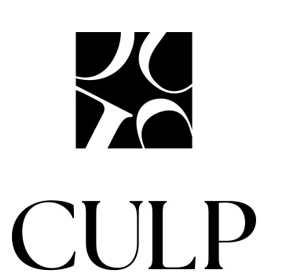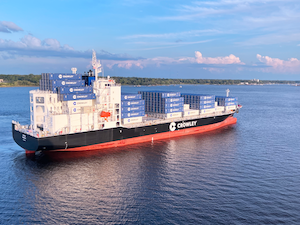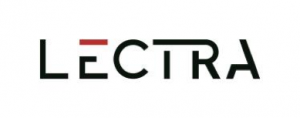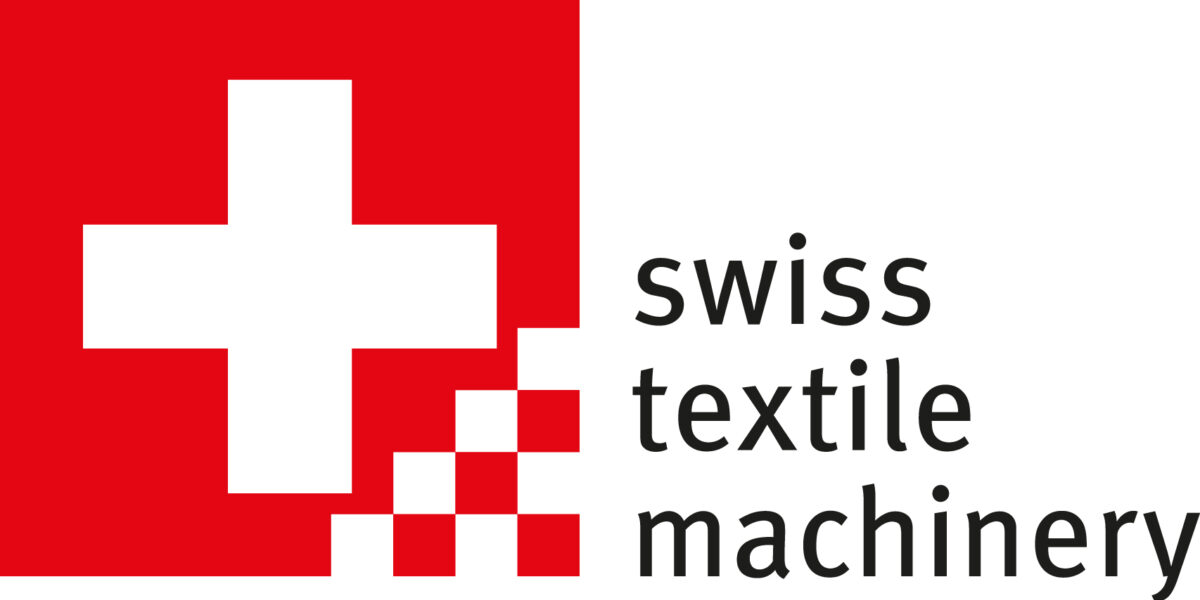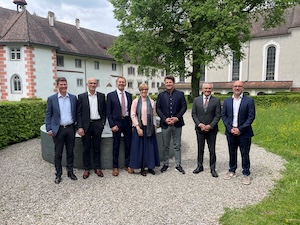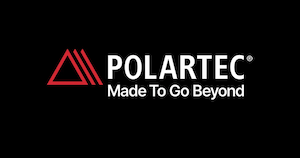 SPARTANBURG, S.C. — May 12, 2025 — Polartec®, a Milliken™ & Company brand renowned for pioneering sustainable and innovative textile solutions, honors the evolution of Polartec® Alpha™, a unique collection of active insulation fabrics that have revolutionized thermal regulation. The new Alpha Rewind campaign retraces the material’s remarkable journey, from when it was first commissioned to ensure dynamic warmth in start-stop conditions to becoming one of the most influential fabrics in outdoor and sports apparel design. Celebrating the material that has redefined performance with its quick-drying, durable, ultralight, and multifunctional properties, this campaign invites the world to rediscover the original active insulation that rewrote the rules.
SPARTANBURG, S.C. — May 12, 2025 — Polartec®, a Milliken™ & Company brand renowned for pioneering sustainable and innovative textile solutions, honors the evolution of Polartec® Alpha™, a unique collection of active insulation fabrics that have revolutionized thermal regulation. The new Alpha Rewind campaign retraces the material’s remarkable journey, from when it was first commissioned to ensure dynamic warmth in start-stop conditions to becoming one of the most influential fabrics in outdoor and sports apparel design. Celebrating the material that has redefined performance with its quick-drying, durable, ultralight, and multifunctional properties, this campaign invites the world to rediscover the original active insulation that rewrote the rules.
 From the very beginning Polartec Alpha was engineered to handle extreme environments, rigorous activities, and rapid shifts in temperature. The result was a fabric unlike anything before it. Polartec Alpha has since transformed the way the world thinks about warmth, breathability, and lightweight comfort. Since its debut thirteen years ago and the launch of what the world now knows as “active insulation”, Polartec Alpha remains an undeniable benchmark for advanced thermal regulation technology.
From the very beginning Polartec Alpha was engineered to handle extreme environments, rigorous activities, and rapid shifts in temperature. The result was a fabric unlike anything before it. Polartec Alpha has since transformed the way the world thinks about warmth, breathability, and lightweight comfort. Since its debut thirteen years ago and the launch of what the world now knows as “active insulation”, Polartec Alpha remains an undeniable benchmark for advanced thermal regulation technology.
Contrary to traditional insulation, which is prone to trapping heat and humidity, Polartec Alpha delivers dynamic temperature regulation, keeping heat in when you need it and letting it out when you don’t. Its lofted fibers and mesh core create an ultra-breathable structure that actively resists moisture, dries rapidly, and delivers warmth without the weight. Available in a wide range of versions and varieties, Polartec Alpha offers the perfect balance of performance, versatility and aesthetic appeal for highly technical outdoor gear and moisture-wicking midlayers for cutting-edge streetwear and technical fashion.
The incredible adaptability of Polartec Alpha makes it a favorite among mountaineers, hikers, trail runners, skiers and outdoor enthusiasts alike. First, it comes in multiple weights, allowing you to select the appropriate insulation level for each specific need. It also comes in different configurations — with or without a backing fabric and with or without the addition of natural wool. In this latter case, the fabric composition combines the thermoregulation and comfort of wool with the insulative performance of the synthetic fibers. As a result, Polartec Alpha can be used to add an insulative layer to jackets, midlayers, and hybrid garments, or it can be worn as a single layer within soft, next-to-skin apparel.
Key Polartec Alpha Features:
- Thermodynamic performance: Active heat regulation for changing conditions and unpredictable environments
- High Breathability: Moisture resistant and fast drying to keep up with high output activities
- Fully Compressible: Soft to the touch and made to layer comfortably with other fabrics
- Lightweight Construction: Optimal warmth-to-weight ratio that packs down small when needed
Ramesh Kesh, senior vice president at Milliken & Company and business manager at Polartec, emphasized, “For more than a decade, Polartec Alpha has exceeded every expectation, revolutionizing the concept of insulation by providing consistent warmth without overheating, even during high-intensity activities. In addition to redefining what’s possible in outdoor, military, and fashion applications, Polartec Alpha proves that true thermodynamic comfort comes from a fabric’s ability to breathe, adapt, and move with you.”
Posted: May 12, 2025
Source: Polartec®, a Milliken & Company brand

